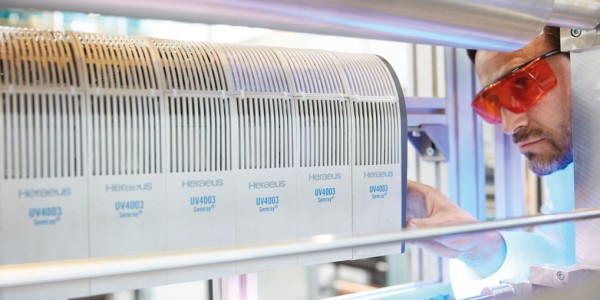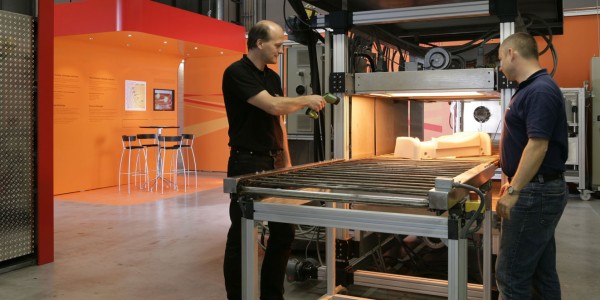Many factors such as print speed and quality, ink formulation, and functional use of the end product determine which technology to use for a given print process. Generally speaking:
-
IR drying
is ideal for water-based inks and varnishes
-
UV curing
is ideal for heat sensitive substrates, extremely fast production speeds, and/or products with high functional performance requirements (abrasion, solvent resistance). UV is also used for water-based inks.
- Both UV curing and IR drying are especially beneficial for inline operations which immediately follow ink printing such as: overprint varnishes (OPV), adhesives, specialty coating stations i.e., scratch-off tickets, printed electronics
A hybrid solution, a press with both UV and IR capabilities, provides the most flexibility for printers running both UV-curable and water-based inks. For UV water-based inks, the press needs IR to drive off the water prior to UV curing.










